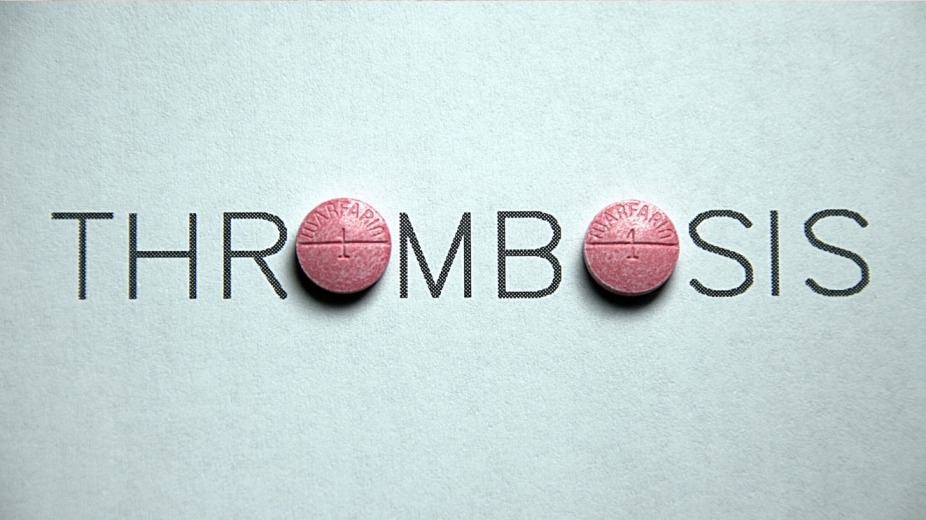Gout is an inflammatory arthritis associated with hyperuricemia leading to deposition of monosodium urate crystals in the joints. It is more common in men than in women, women become susceptible to it after menopause, it is usually asymptomatic before the age of 30.
Gout has four stages:
Gout is produced as a result of hyperuricemia when excessive amounts of uric acid (an end product of purine metabolism), accumulate within several tissues specially the joints as a result of defects in purine metabolism. This accumulation induce an acute inflammatory reaction.
Although a high level of uric acid is an essential component of gout, not all such persons develop gout, sometimes genetic and environmental factors also contribute to its pathogenesis.
Gout usually begins at night as an acute attack appears suddenly other symptoms often includes:
Gout risk factors include:
Coffee, folate and dairy products intake lowers gout risk. Avoiding medications that causes hyperuricemia like thiazide diuretics, cyclosporine and aspirin.
Know more about gout diet and foods that causes gout. Click here
Along with medications, lifestyle changes may help manage the symptoms and reduce risk of gout attacks.
1. Richard Usatine, et al/ Color Atlas of Family Medicine/ second edition/ New York, United States/ McGraw-Hill Education / 2013
2. Parveen Kumar, Michael L. Clark/ Kumar and Clark's Clinical Medicine/ 8th edition/ London, United Kingdom/ Elsevier Health Sciences/ 2012
3. Harsh Mohan/ Textbook of pathology/ 6th edition/ New Delhi, India/ Jaypee Brothers Medical Publishers/ 2010
4. Vinay Kumar, Abul K. Abbas, Jon C. Aster/ Robbins Basic Pathology/ 9th edition/ philadephia, United states/ Elsevier-Health sciences Divition/ 2012
5. Mary Elizabeth Peyton Gupta/ Board Review Series BRS/ 5th edition/ United States/ Wolters Kluwer Health/ 2014
Food to avoid with gout include those rich in purines, such as meat and Shellfish, non-diet soda (high-fructose drinks), high alcohol intake (specifically beer).

Thrombosis has two 2 types: Atrial thrombosis: is when the thrombus occurs in the artery, Phlebothrombosis: is when the thrombus occurs in a vein

The urethra is a muscular canal that extends from the neck of the bladder to the exterior of body. Read more about the anatomy of urethra in this article.

Chronic kidney disease (CKD) is a disease in which irreversible damage to the kidneys leads to a reduction in kidney function. CKD has 5 stages and many complications.

Learn about medical uses, safety profile, mechanisms and interactions of statins.

Comprehensive guide on Ozempic (semaglutide), including its uses, dosage, side effects, warnings, and interactions.
.png)
Choose what we can use. Strictly necessary and security cookies are always on.